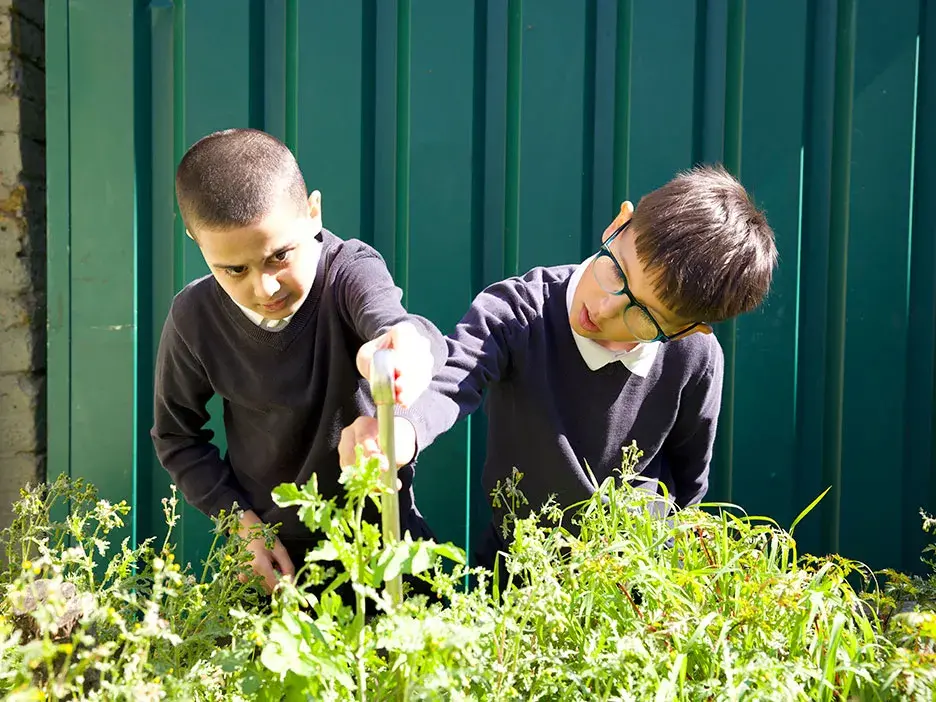What to do with the Nature Park this spring

Spring has sprung! With slightly warmer temperatures and life starting to blossom, it’s a great time to take your learning outside with the Nature Park. Check out some of our suggested activities for this time of year!
Map your habitats
Mapping the habitats on your site is an essential first step in your Nature Park journey. There are eight habitat types to focus on in the habitat mapping activity, and some that are particularly good to survey this time of year. With grasses and wildflowers starting to spring into life and hedges and bushes beginning to look a bit lusher, identification is more straightforward and helps you create your baseline map.
For more information on mapping your site, check out the recording of a webinar all about it, or sign up to our next one on Thursday 24 April. You can also take a look at ways schools have been getting stuck in with our case studies.
Be a habitat hero!
Our Habitat Heroes activity is a great way to explore your site and prepare for the habitat mapping activities, by getting familiar with what homes for wildlife you have in your grounds. Follow the prompts to see what you can find, and they’ll be uploaded to a map alongside everyone else’s across the country!
Celebrate Earth Day with our nature connection activities
It’s Earth Day on 22 April, and what better way to celebrate than getting connected with the nature on your doorstep? From sound and texture mapping to forest bathing and colour collecting, we’ve got a whole range of activities across key stages to help connect your learners with nature.
Observe wildlife on your site with the City Nature Challenge
Kickstart your Nature Park wildlife observations with this global challenge from 25-28 April! City Nature Challenge is an annual four-day community science event where people across the globe photograph wildlife and share their observations using a free app called iNaturalist. We’ve incorporated this event into the National Education Nature Park – it’s an easy way for you to kickstart your wildlife observations, adding sightings to the Nature Park Wildlife Observations Map to show what’s living on your site.
Change grey to green
If you’ve mapped your site and identified opportunities to make a difference for nature and the school community, it’s a great time to start making those changes! A good way to get started is by focusing on the ‘greyer’ parts of your site. By changing parts of our human-made areas back to natural habitat, however tiny, we are creating homes wildlife to move into and flourish. Natural habitats boost wellbeing, calmness and coolness on a site, and can improve water drainage and climate resilience. From pools of water to shades of trees, take a look at our guidance for six ways you can do this.